Manx Cat
Manx Cat
America’s Tailless and Loyal Feline
1. Introduction to the Breed
The Manx, securing the #31 spot among the top cat breeds owned by Americans in 2024, is a tailless and loyal feline renowned for its round build and rabbit-like hopping gait. Known for their friendly, dog-like personality, Manx cats are ideal for owners seeking a sociable, playful companion. Their unique taillessness and affectionate nature make them perfect for diverse households, from urban apartments to suburban homes, where their charm and warmth bring joy and companionship.
2. History of the Breed
Originating on the Isle of Man in the Irish Sea, Manx cats trace their roots to centuries ago, with their tailless trait arising from a natural genetic mutation. Folklore attributes their taillessness to boarding Noah’s Ark late, losing their tails in the door. Developed through selective breeding, they were recognized by the Cat Fanciers’ Association (CFA) in the early 1900s. Manx cats gained U.S. popularity for their quirky look and friendly demeanor in cat shows and as family pets, their island heritage adding to their mystique.
3. Physical Characteristics
- Typical Size and Weight: Manx cats are medium-sized, standing 8–10 inches tall at the shoulder and weighing 8–12 pounds (males) or 6–10 pounds (females), with a round, sturdy build.
- Coat and Color: Their coat can be short and dense or semi-long (Cymric variant), in colors like tabby, solid, bicolor, or tortoiseshell. The coat sheds moderately and requires regular grooming.
- Distinctive Features: Manx cats have a rounded head, large, round eyes (often blue, green, or gold), and medium-sized ears. Their tailless (rumpy) or short-tailed (stumpy) feature and hopping gait enhance their unique, rabbit-like appearance.
4. Personality Traits
Manx cats are loyal, playful, and sociable, with a dog-like personality that makes them exceptional companions. They form strong bonds with owners, enjoying interactive play with children or familiar pets, though their hunting instincts may lead to chasing smaller animals. Their soft vocalizations, like chirps or trills, reflect their communicative but undemanding nature. Manx cats are intelligent and moderately energetic, suiting owners who can provide stimulation to prevent boredom-driven behaviors like scratching or excessive exploration.
5. Care Requirements
- Exercise Needs: Manx cats need 30–45 minutes of daily play, including chasing toys, climbing low cat trees, or interactive games. Mental stimulation through puzzle toys or window perches satisfies their curious minds.
- Grooming Needs: Short-coated Manx require brushing once weekly, while semi-long coats need 2–3 times per week to prevent matting. Regular ear cleaning, nail trimming, and dental care maintain health, as they’re prone to dental issues.
- Dietary Considerations: A high-protein diet supports their sturdy build and moderate energy. Portion control prevents obesity, which can strain their spine, and foods with omega fatty acids enhance coat health. Fresh water is essential for their active lifestyle.
6. Health and Lifespan
Manx cats have an average lifespan of 12–16 years. Common health issues include Manx syndrome (spinal defects causing mobility or urinary issues), obesity, dental disease, and polycystic kidney disease (PKD). Regular vet checkups, spinal and kidney screenings, and a healthy lifestyle mitigate risks. Owners should monitor for mobility issues, litter box changes, or dental discomfort and ensure a balanced diet to support overall health. Genetic testing from breeders reduces hereditary concerns, particularly for Manx syndrome.
7. Training and Socialization
Manx cats are intelligent and cooperative, responding well to positive reinforcement training with treats or play. They can learn tricks like “fetch” or “jump” due to their playful nature. Early socialization ensures comfort with strangers, children, and other pets, reducing shyness or chasing instincts. Teaching behaviors like using a scratching post or litter box habits is straightforward due to their adaptability. Interactive play or training prevents boredom-related behaviors like scratching or hiding.
8. Ideal Home Environment
Manx cats thrive in versatile homes with secure indoor spaces, ideal for urban apartments or suburban settings where they can play and relax. They suit families, singles, or seniors who enjoy moderate interaction and play. Low climbing structures, window perches, and cozy bedding satisfy their curious and affectionate needs. Owners should provide a stimulating environment with toys and scratching posts to channel their energy and prevent destructive behaviors, ensuring a nurturing setting for their loyal nature.
9. What’s the Best Toy for My Manx?
Manx cats enjoy toys that suit their playful, sociable nature and sturdy build. Lightweight feather wands encourage chasing and pouncing, providing 15–20 minutes of interactive play to satisfy their hunting instincts. Small, durable balls for batting or chasing tap into their energetic spirit, ideal for 15–20 minute sessions in a secure space. Soft plush toys for wrestling mimic prey, perfect for 10–15 minute play bursts, with supervision to prevent tearing. Interactive puzzle toys with treat compartments engage their intelligence, keeping them occupied indoors for 15–20 minutes. Avoid small, easily swallowed toys to prevent choking. Rotate toys regularly and pair with gentle games for engagement.
10. Adoption and Breeder Tips
Choose breeders affiliated with the CFA or Manx breed clubs, ensuring health clearances for spine (Manx syndrome), kidneys (PKD), and dental conditions. Visit the breeder to assess kitten health, meet parents for temperament and tail structure insights, and confirm ethical practices, including socialization and clean facilities. Rescues like Manx-specific organizations or local shelters offer adoptable cats, often with known histories. Avoid unregulated breeders or pet stores, as Manx cats are prone to spinal issues if poorly bred. Ask about genetic testing, socialization, and mobility needs to ensure a healthy, well-adjusted cat.

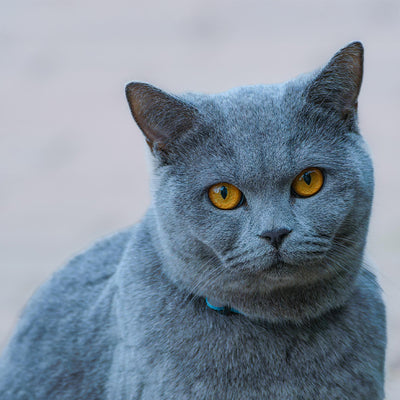
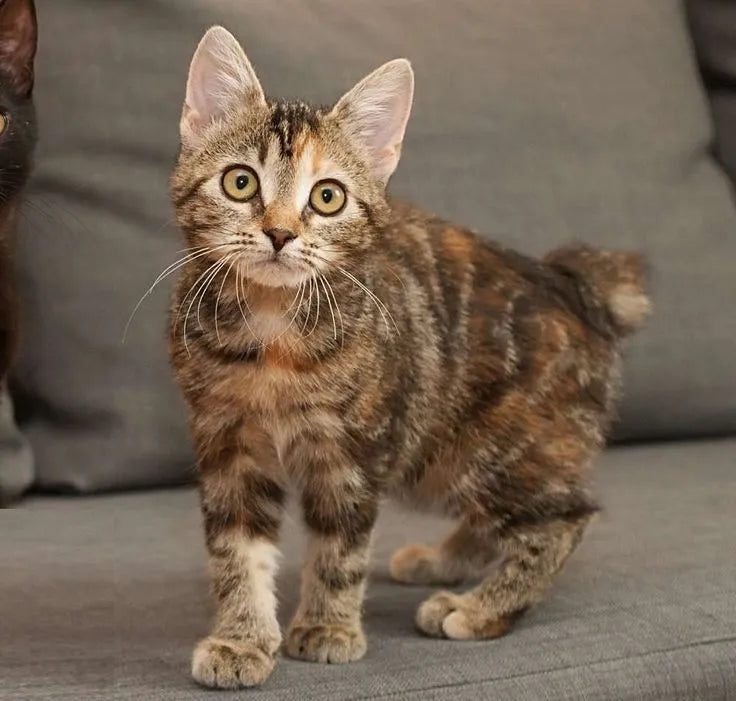
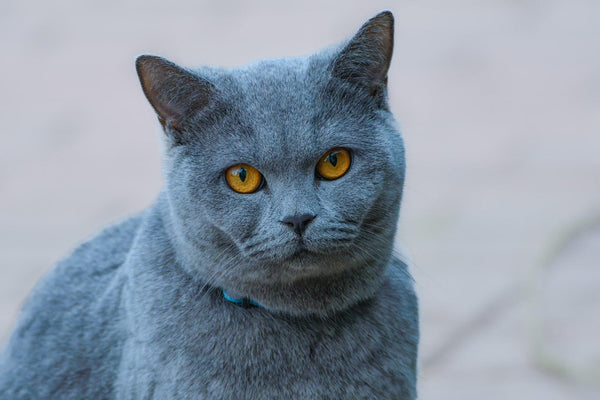
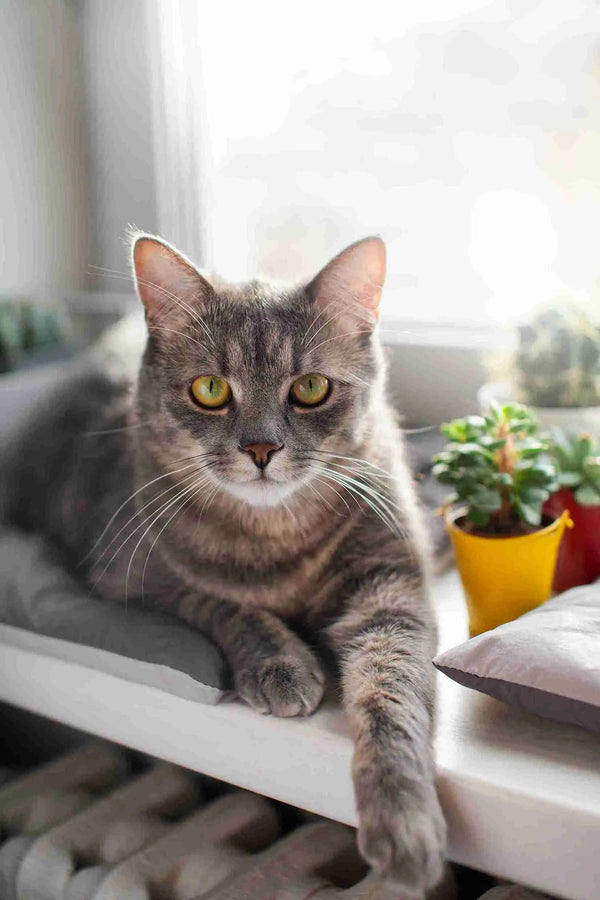
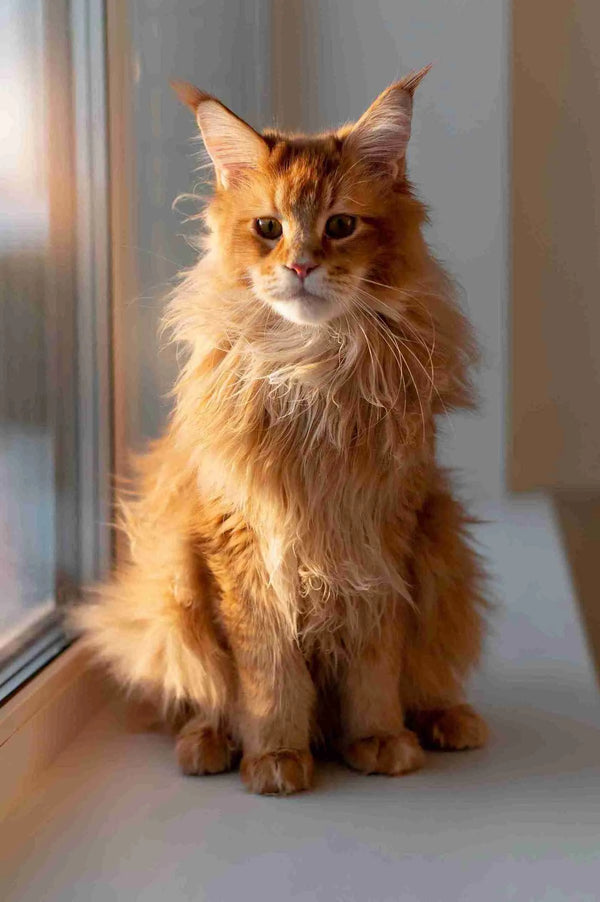
0 comments